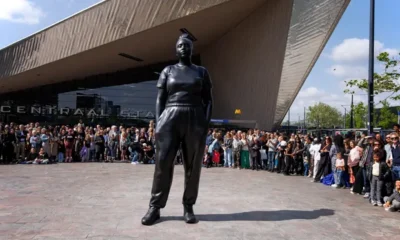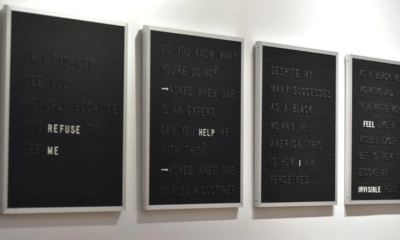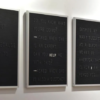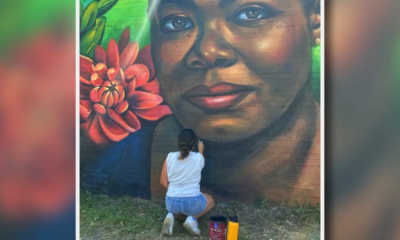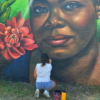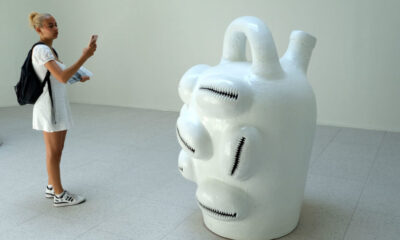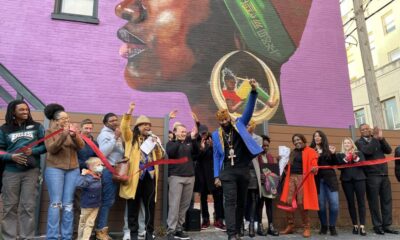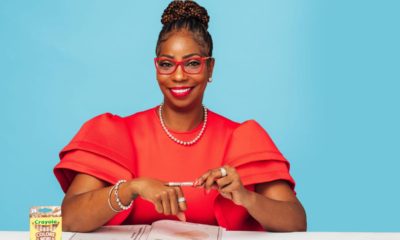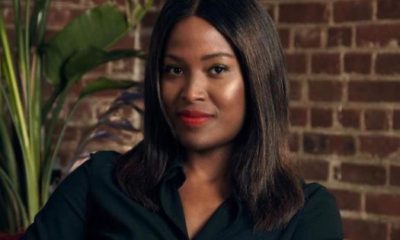Black Women in Arts
A young black woman’s view of “20/20”
I have the privilege of working at one of the most exciting places in the city. Walking through the galleries, exhibition spaces and halls of Carnegie Museum of Art and Natural History has been inspiring, providing a space for creative activity and casual indulgence alike.
Upon hearing the news that Carnegie Museum and The Studio Museum in Harlem had a collaborative exhibit in the works, I was ecstatic. As a Harlem native, raised in Pittsburgh, I felt like this exhibit was for me.
I entered the “20/ 20” exhibit on the day it opened, July 22, dismayed at the sight before me. A painting of a young Abraham Lincoln looked back at me. It was a sight I was very familiar with, as this piece had previously hung in Scaife Galleries. Created by the self-taught painter Horace Pippin, it was a work that I had always wrestled with, especially now within this context. Pippin’s idolizing of Lincoln, who only reluctantly acknowledged the humanity of black people and the humanity of 4 million slaves, was a concept I could not wrap my mind around.
It was called “the genesis of the exhibit,” which spoke directly to my existence. Lincoln is synonymous with the Emancipation Proclamation, legislation that made it legal for people like me to be present in these spaces, for artists like James VanDerZee and Howardena Pindell to have a space and an audience to tell their stories. Carnegie Museum to this day remains a white-dominated institution, and because of that, I cannot feel comforted by my previous statements.
Yes, I am here. I am present in these spaces. But do you hear me? Do you see me?
A large print hangs inconspicuously in Gallery C of Heinz, a favorite of many visitors. Countless young women of all backgrounds have come through the gallery, gleefully posing for a picture with Collier Schorr’s glossy portrait of our former first lady Michelle Obama, further solidifying the exhausted rallying cry that representation matters. Though her husband’s presidency has ended, the legacy they created is still very much alive.
A constant narrative heard during the 2016 presidential campaign is that of the poor, working-class folks who have been disenfranchised by technological …
Please read original article- A young black woman’s view of “20/20”




